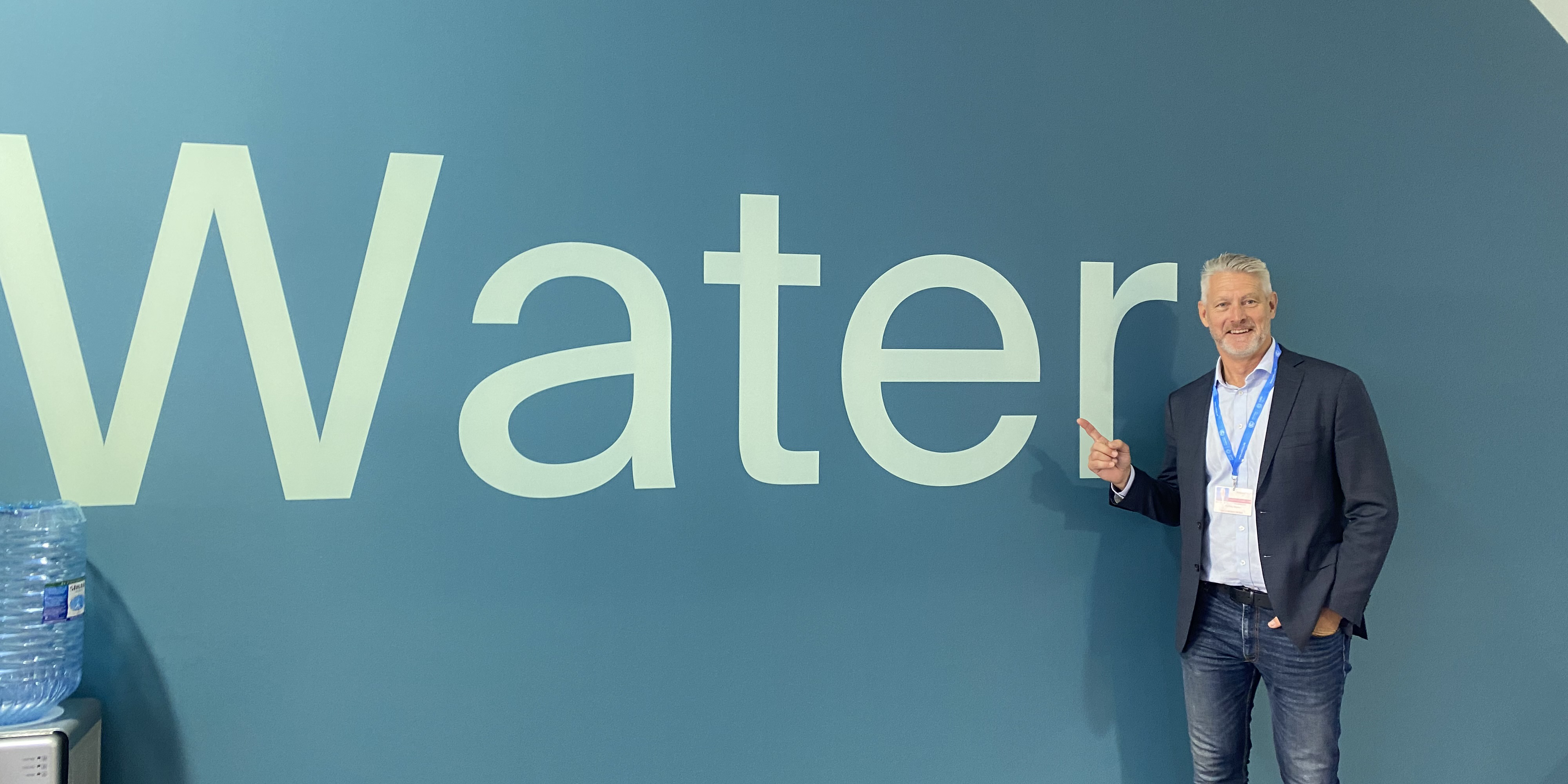COP29 is over. Now what?

With accusations of greenwashing and a lower-than-expected attendance, there were doubts about the reach and impact of the COP29 summit in Baku, Azerbaijan.
Despite these concerns, COP29 set a new climate finance goal of USD 1.3 trillion annually by 2035 to help support climate action in developing countries, with USD 300 billion per year coming directly from governments of developed countries and public financial institutions. The summit also reached a global agreement on carbon markets – which previous COPs had not been able to finalise.
According to attendees from global professional services company GHD, COP continues to serve as a powerful platform to remind the global community of the overarching problem of climate change, facilitating coordination and progress on climate action by setting specific targets and frameworks that can drive meaningful change.
“You're trying to get different nations to try to coordinate and agree on a very complicated set of procedures,” said Muwaffaq Al Khedery, Senior Advisor for Sustainability, Resilience and ESG at GHD.
“The fact of the matter is that it's consensus-based. We'd be extremely uncoordinated without having these annual conversations.
“On top of the global goals for adaptation and the funds that have been raised, most of these conversations had actually happened at previous COPs and they’re what led to where we are at this stage. But the idea here is that COP is not designed to be perfect. It's supposed to just be a platform where we can make some progress.”
Funding the transition
Blended finance was highlighted as a pivotal strategy in achieving COP29’s ambitious goals. It involves leveraging different sources of funding to finance climate action initiatives in developing countries, since governments cannot be the sole financial providers to meet climate targets.
“No government has all the cash to do this now,” said Richard Fechner, Executive Business Advisory Leader at GHD. “So a lot of the discussions at COP about funding was around how governments use what they have to stimulate the private sector to carry the heavy load.”
By leveraging seed money to encourage private companies into greater capital investments, this approach can help bridge the funding gap and drive substantial progress into climate mitigation and adaptation projects.
COP29 raised the potential of public-private-philanthropic partnerships (PPPP), particularly in funding sustainability projects in developing nations. Philanthropy, in combination with public and private investments, shows great promise in supporting capital budgets for these essential initiatives.
As an evolution of public-private partnerships (PPP), PPPP underscores the moral imperative of backing global climate strategies with a more robust financial framework.
The role of philanthropists in this equation is to catalyse investments from the public and private sectors through their initial funding and capacity to organise and develop communities in support of climate action.
“Philanthropic entities could help fill financing gaps in projects that aim for broad social benefits, such as large-scale adaptation projects. By pooling resources and aligning goals across sectors, PPPPs can achieve complex projects that public-private collaborations might find challenging to address,” said Tej Gidda, Global Leader for Future Energy at GHD.
“However, while there is a lot of knowledge and experience of PPP deals, PPPPs are new and are still poorly understood.”
The importance of water
Water may have taken a back seat in the prominent conversations at COP29, but water sector representatives stressed the importance of addressing water security, floods, droughts and other related challenges in climate discussions throughout the conference.
The water sector is deeply engaged in climate adaptation and response strategies, and with increasing investments in this area, many public and private sector organisations are now focusing on water projects that can mitigate the adverse effects of climate change.
Developing countries are primed to take on these developments with accelerated funding to come from private companies and philanthropic contributions.
“There were so many passionate people at COP29 who wanted to get water on the agenda,” said Rod Naylor, Global Water Leader at GHD. "Water being integral in all sustainability initiatives means it should return to the forefront of discussions at future COPs.
“The common refrain that I heard on several trips to the US this year was, ‘We have to do twice as much in half the time.’ And that's driven by climate change that's creating all kinds of challenges, including in the developed world, in terms of funding and affordability for water.
“One of the things I think where we can help to have a stronger voice, particularly with the governments with whom we work, is to bring water back on the agenda for mitigation and adaptation.”
COP’s continued relevance
With a new climate finance goal established to bolster climate projects in developing countries, COP29 sparked much needed dialogue on finding new ways to fund the increasingly urgent undertaking of decarbonisation and transitioning to renewable energy.
“The galvanising display of NGO, public and private sector cooperation to share, learn and make progress together regardless of the formal outcomes does not get sufficient attention and deserves to be recognised,” said Greg Carli, GHD’s Global Leader of Sustainability, Resilience and ESG.
“Organisations aren’t just taking action on climate change because it’s the right thing to do anymore. It’s become abundantly clear that a decarbonised world presents enormous opportunities for industry, investors, business and the economy – industry ecosystems are forming, investors turning their strategies into real and commercially viable outcomes.”
“Being at COP you see the bigger picture and the need for scale up of renewables and low-carbon fuels like hydrogen to transition those hard-to-abate sectors,” said Charlotte Gray, Hydrogen Consultant at GHD.
“So despite the immense challenge we have of the climate crisis, I came away really feeling very positive and energised.”


